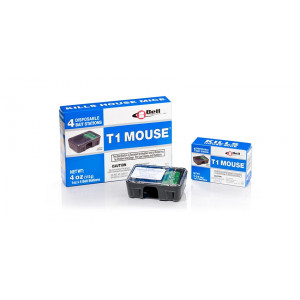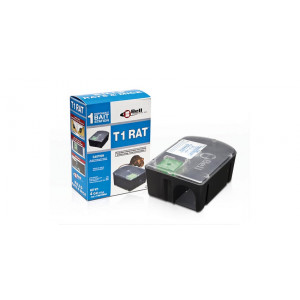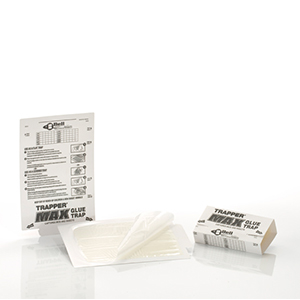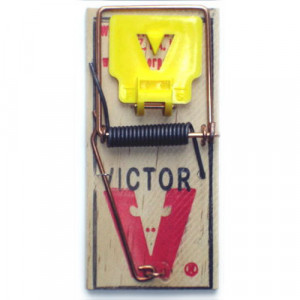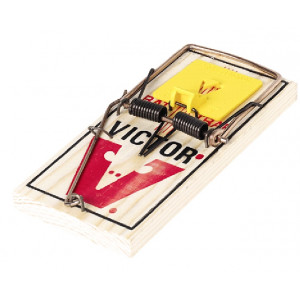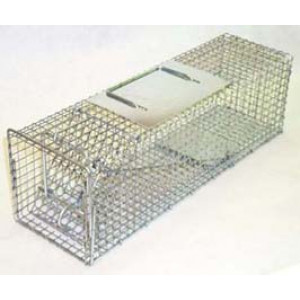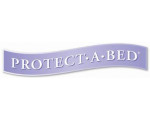Traps - Rats, Mice
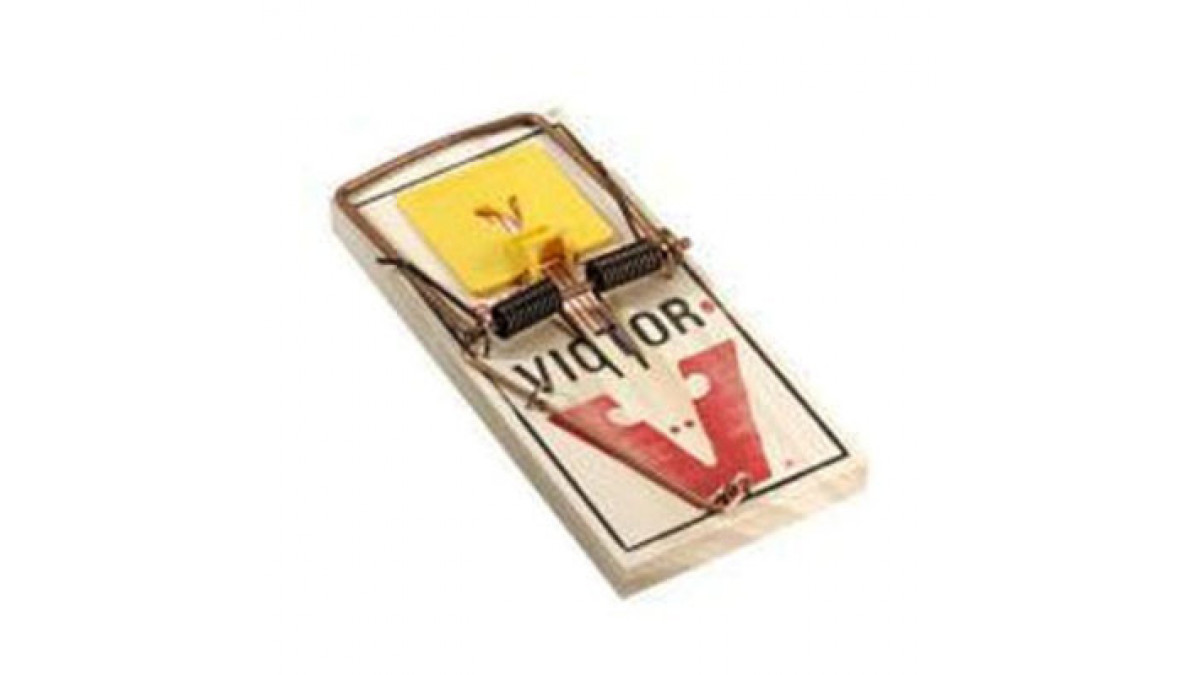
Is there a mouse in the house?
Mouse traps
T1 Mouse Pre-baited Mouse Bait Station - 4 pack
T1 Pre-baited 1oz Mouse bait station - 4 stations per pack1-oz./28g block pre-loadedBuy a case of 12..
$12.28
T1 Rat Pre-Baited Disposable 4oz Rat Bait Stations
T1 Bell Labs Pre-Baited 4oz Rat Bait Stations (1 per pack) Please note that order totals less than ..
$9.91
Trapper 24/7 Multiple Catch Mouse Trap (12 per case)
TRAPPER 24/7 Sleek, Professional-Looking Multiple Catch Mouse Trap - 12 per case (minimum order 12 ..
$13.49
Trapper Max 2586 – Mouse Glue Boards – 72 per case
Bell Labs - Trapper Max 2586 – Mouse Glue Boards – 72 per case Please note that order totals l..
$24.92
Trapper Max Free Glue Trap (72 per box)
Bell Labs - Trapper Max Free Glue Trap (72/box) Trapper Max Free Glue Trap - extra-large, glue..
$30.82
Trapper Mini-Rex Mouse Snap Traps - 24/box
Bell Labs Trapper Mini-Rex Mouse Snap Traps -- 24 in box TRAPPER Mini-Rex Extra Strength Mouse Sna..
$42.61
Trapper Pest Monitor Bait Station Bell Labs - 12 per case
Bell Labs - Trapper Pest Monitor Bait Station - 12 units in case TRAPPER Pest Monitor Monitor for ..
$50.44
Trapper T-Rex Rat Snap Traps (box of 12)
Bell Trapper T-Rex Rat Snap Traps -- 12 in box Item is sold in box of 12 traps onlyThe Trapper® T-R..
$79.41
TrapRite Mouse Station 2156 MS 50 per case
TrapRite Mouse Station 2156 MS - 50 per case TRAP RODENTS ON THEIR FIRST VISIT. NO RODENTICIDES. ..
$72.62
TrapRite Rat Station 2152 RST 50 per case
TrapRite Rat Station 2152 RST - 50 per case Traprite Cardboard Rat Snap Station - cardboard mouse a..
$159.15
TrapRite Rat Station 2154 RS 50 per case
TrapRite Rat Station 2154 RS - 50 per case Trap rodents on their first visit using traprite station..
$109.15
TrapRite Rat Station 2160 RST 50 per case
TrapRite Rat Station 2160 RS Tunnel - 50 per case Fits rat glue board and up to two rat snap traps...
$153.53
Victor M325 M7 Pro Mouse Wood Snap Traps - 72/case
Victor M325 M7 Pro Mouse Wood Snap Traps - 72/case With superior quality and effectiveness, t..
$45.58
Victor M040 Metal Pedal Mouse Trap - 72 Traps/Case
Victor® M040 Metal Pedal Mouse Trap - 72 Traps/CaseTrap model #M040 (also labeled M156) - sized..
$39.98
Victor M326 M9 Pro Rat Wood Snap Traps - 12/case
Victor M326 M9 Pro Rat Wood Snap Traps -- 12/case 12 x Victor Rat Traps Easy Set Victor Rat Snap ..
$30.00
WCS™ Special Squirrel Trap - Front Release - 18 x 5 x 5 (1/2in Mesh )
WCS™ Special Squirrel Trap - Front Release - 18 x 5 x 5 (1/2in Mesh ) We call this the "Special Squ..
$66.70

